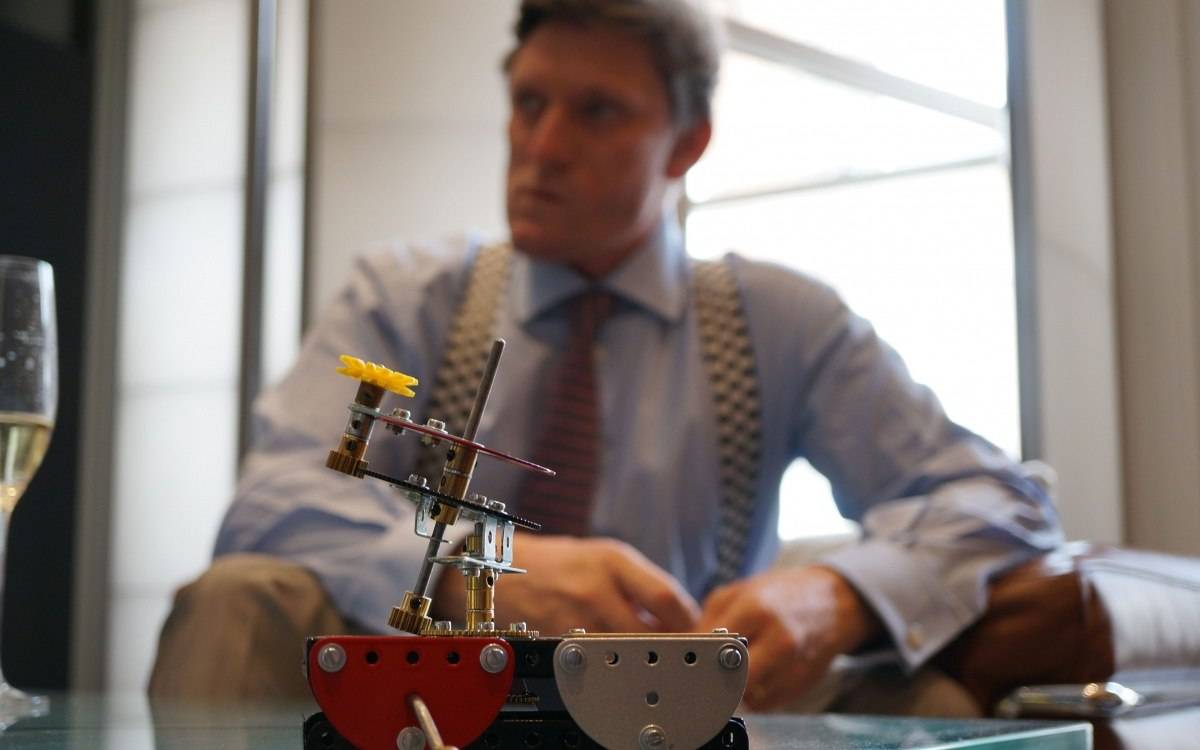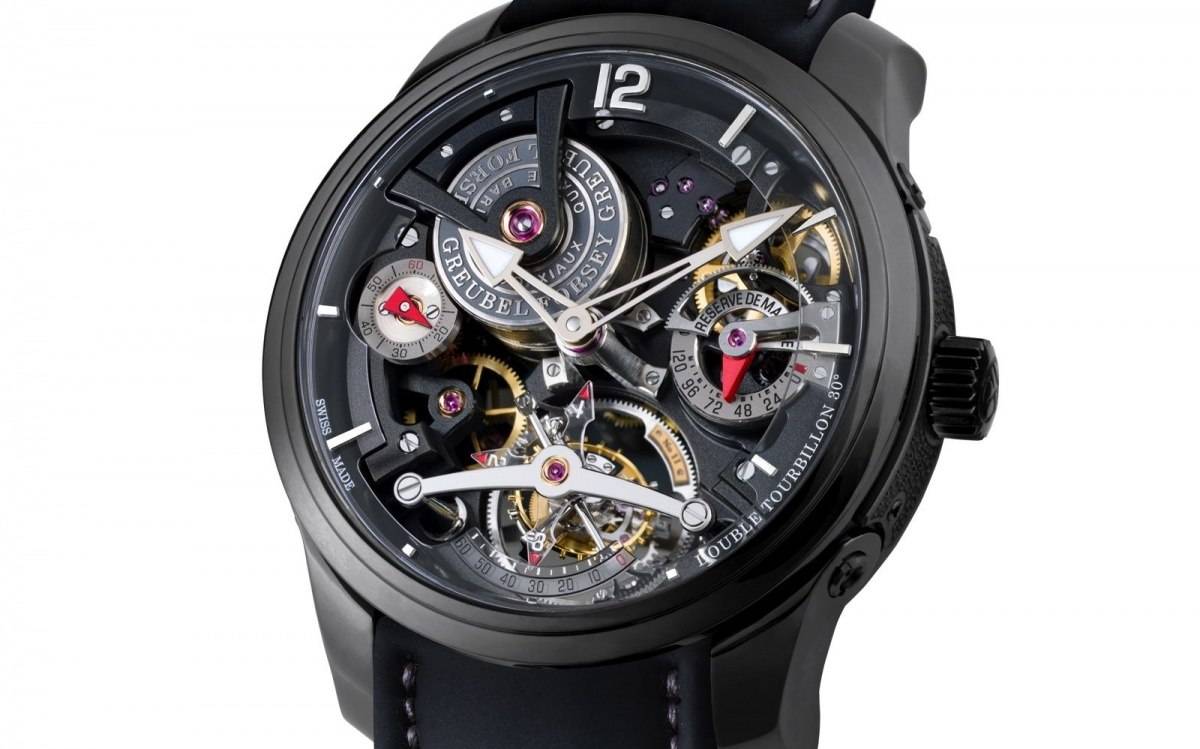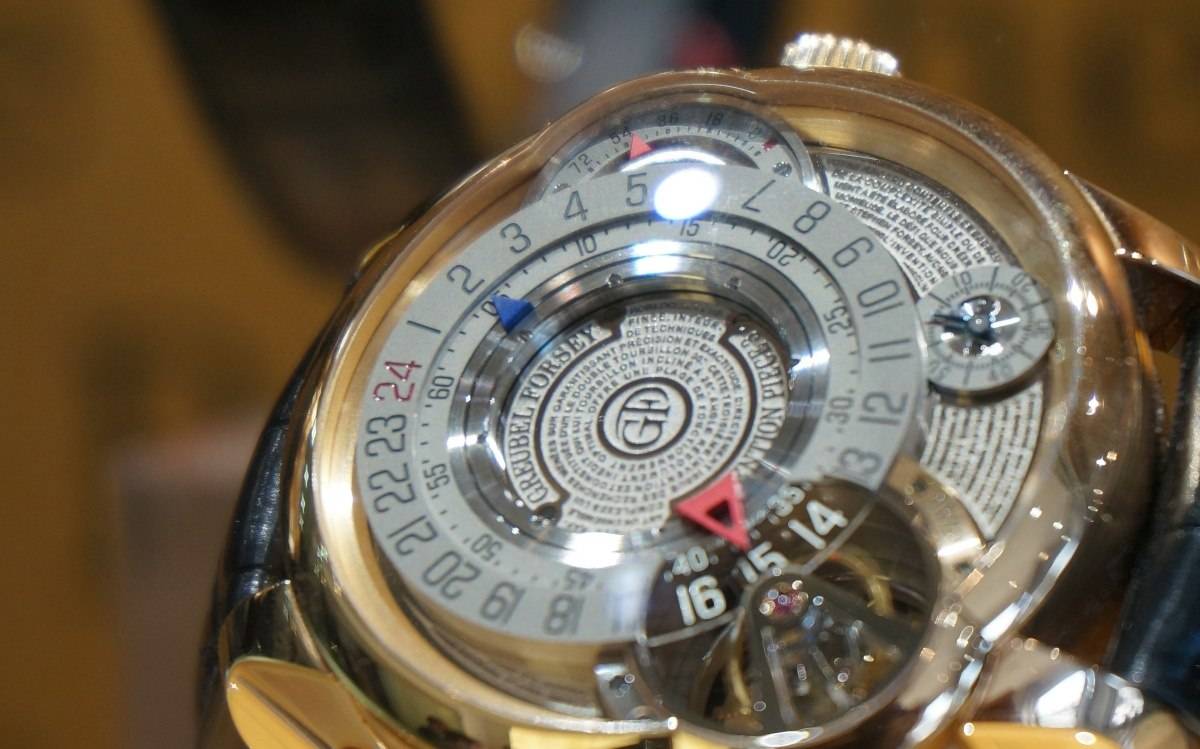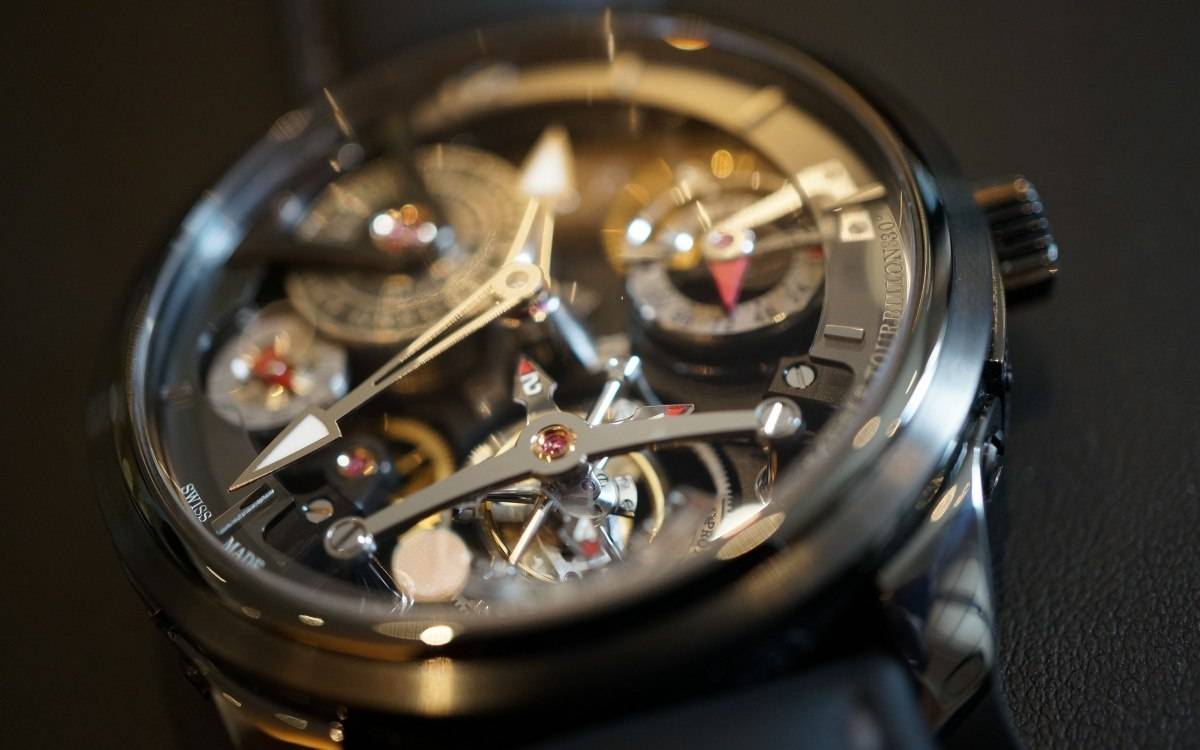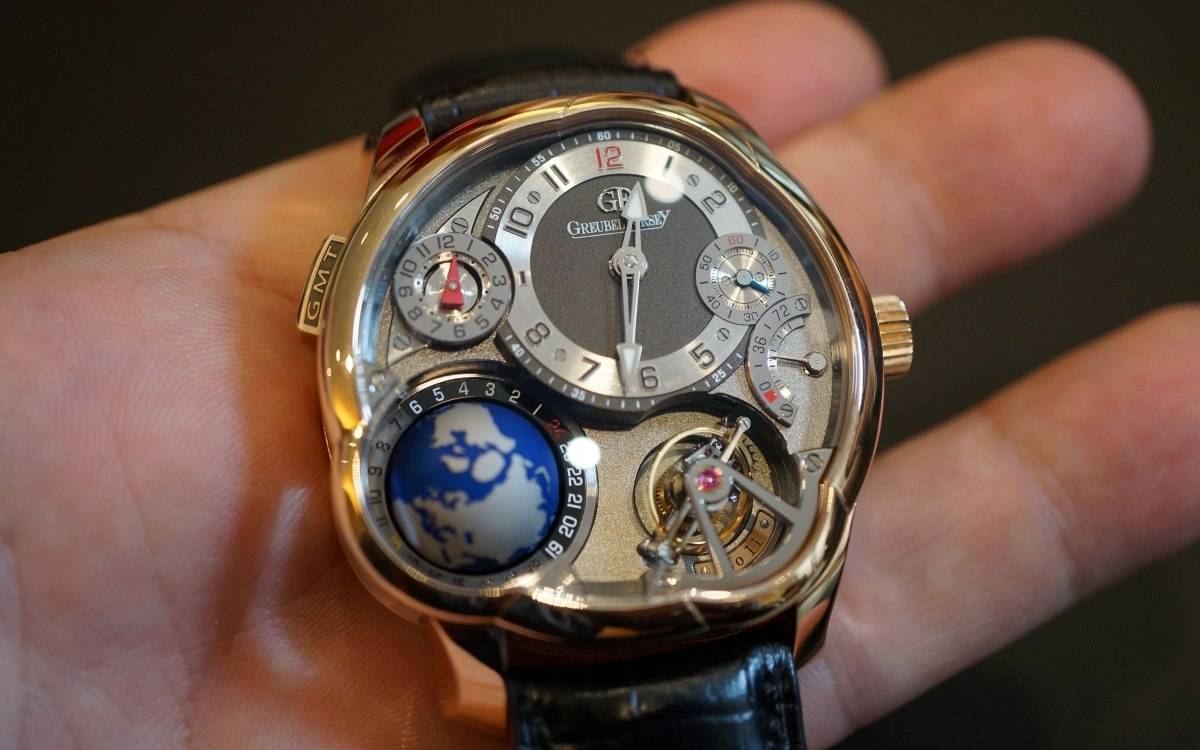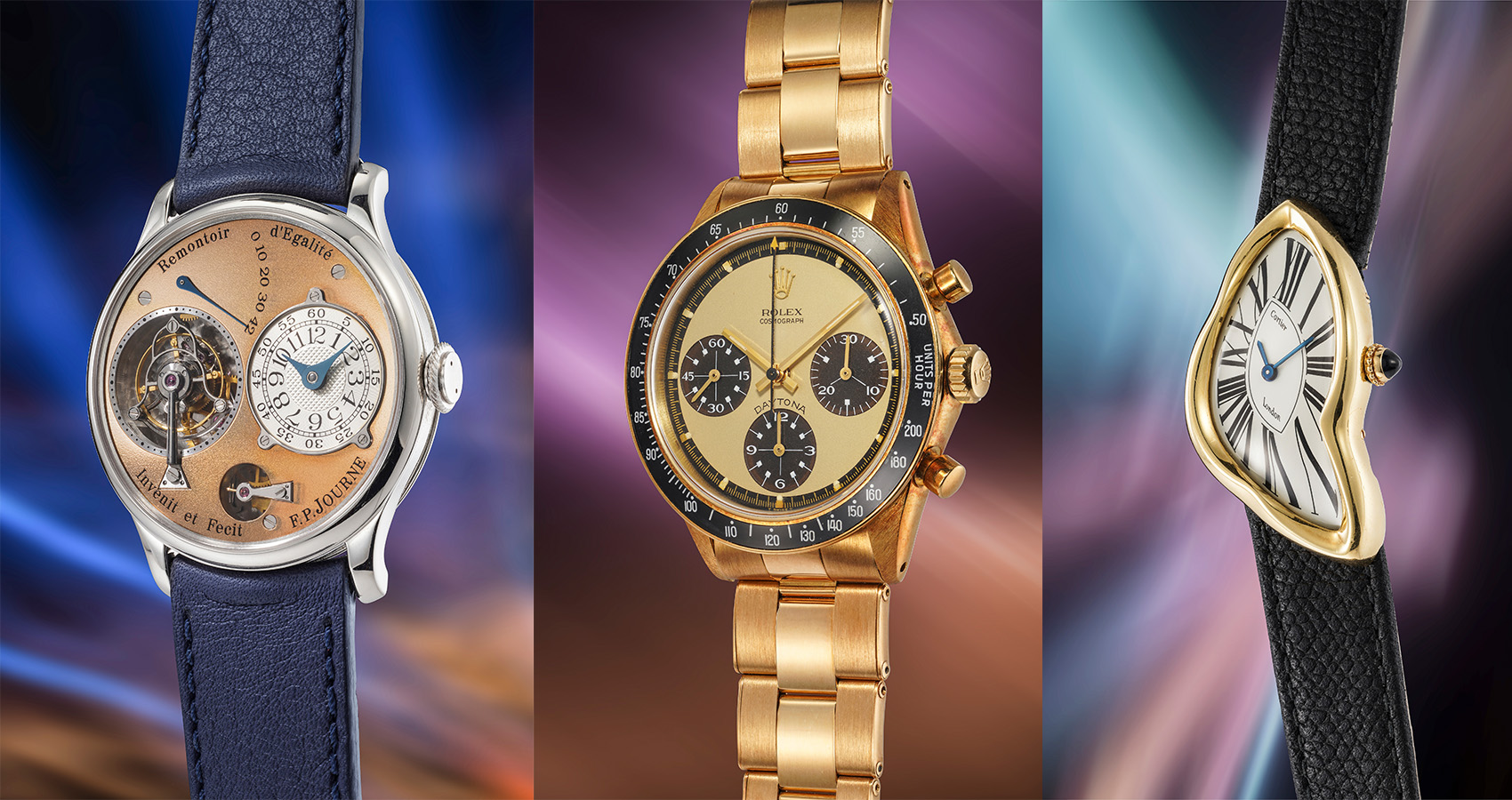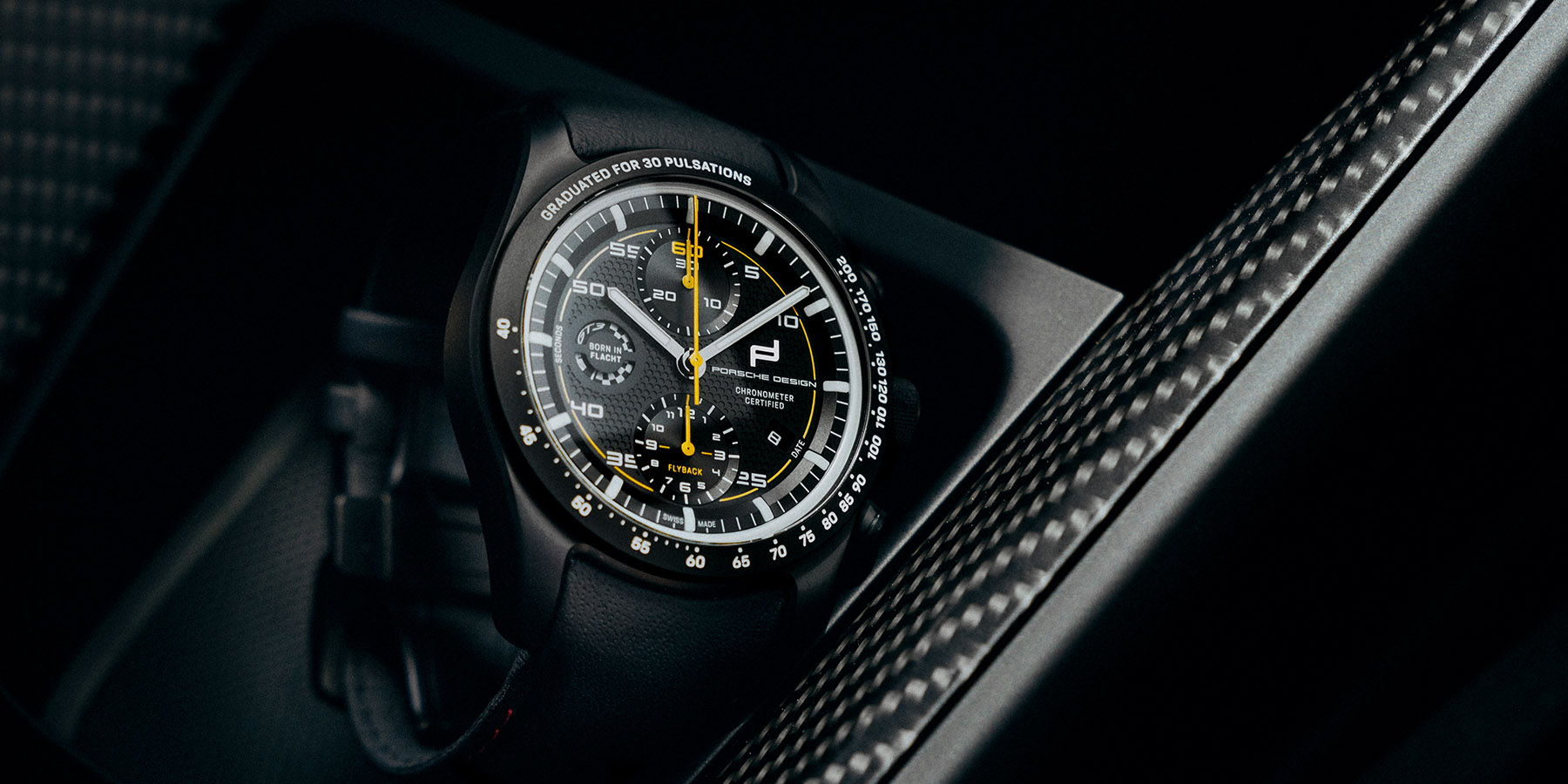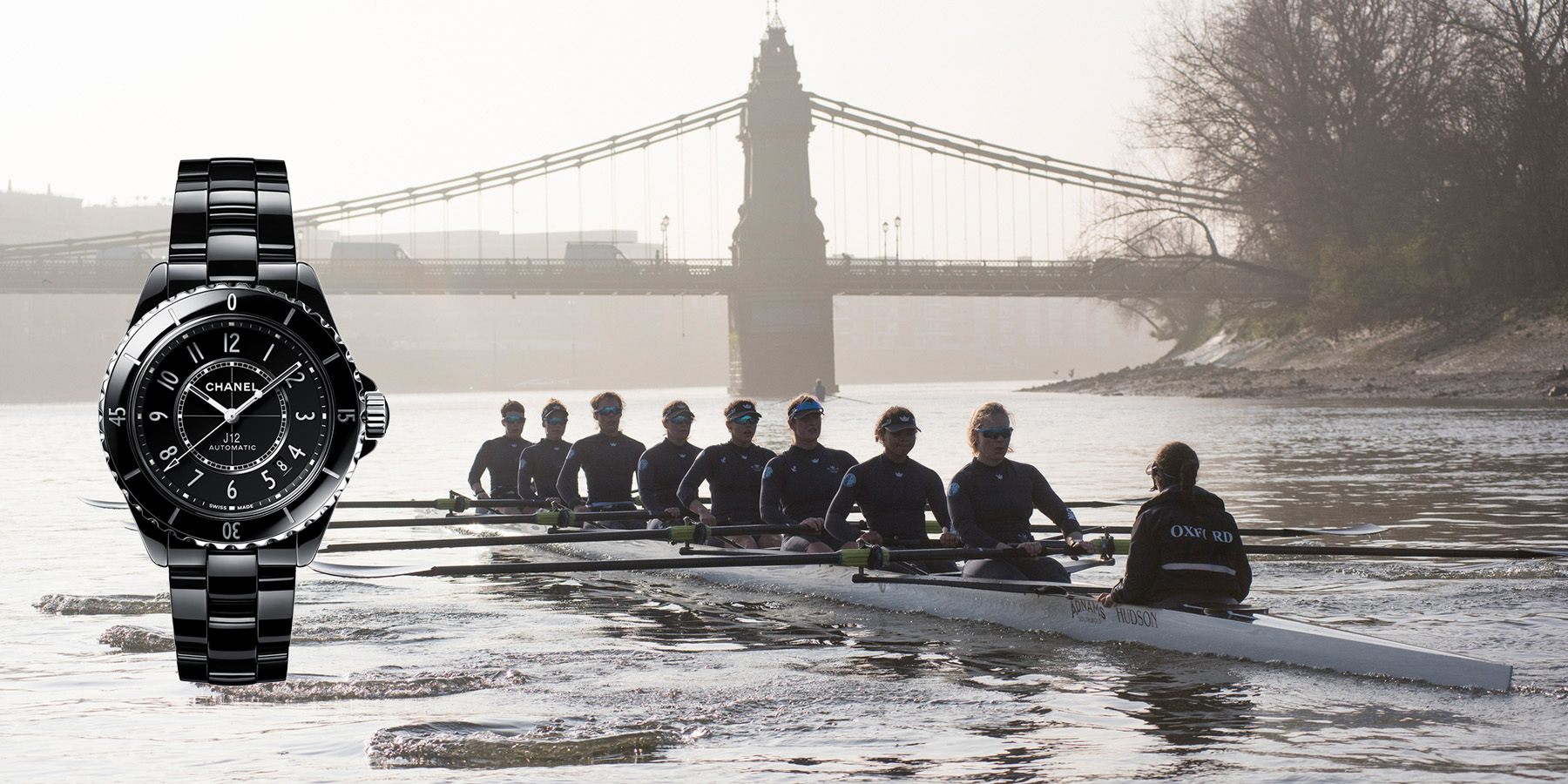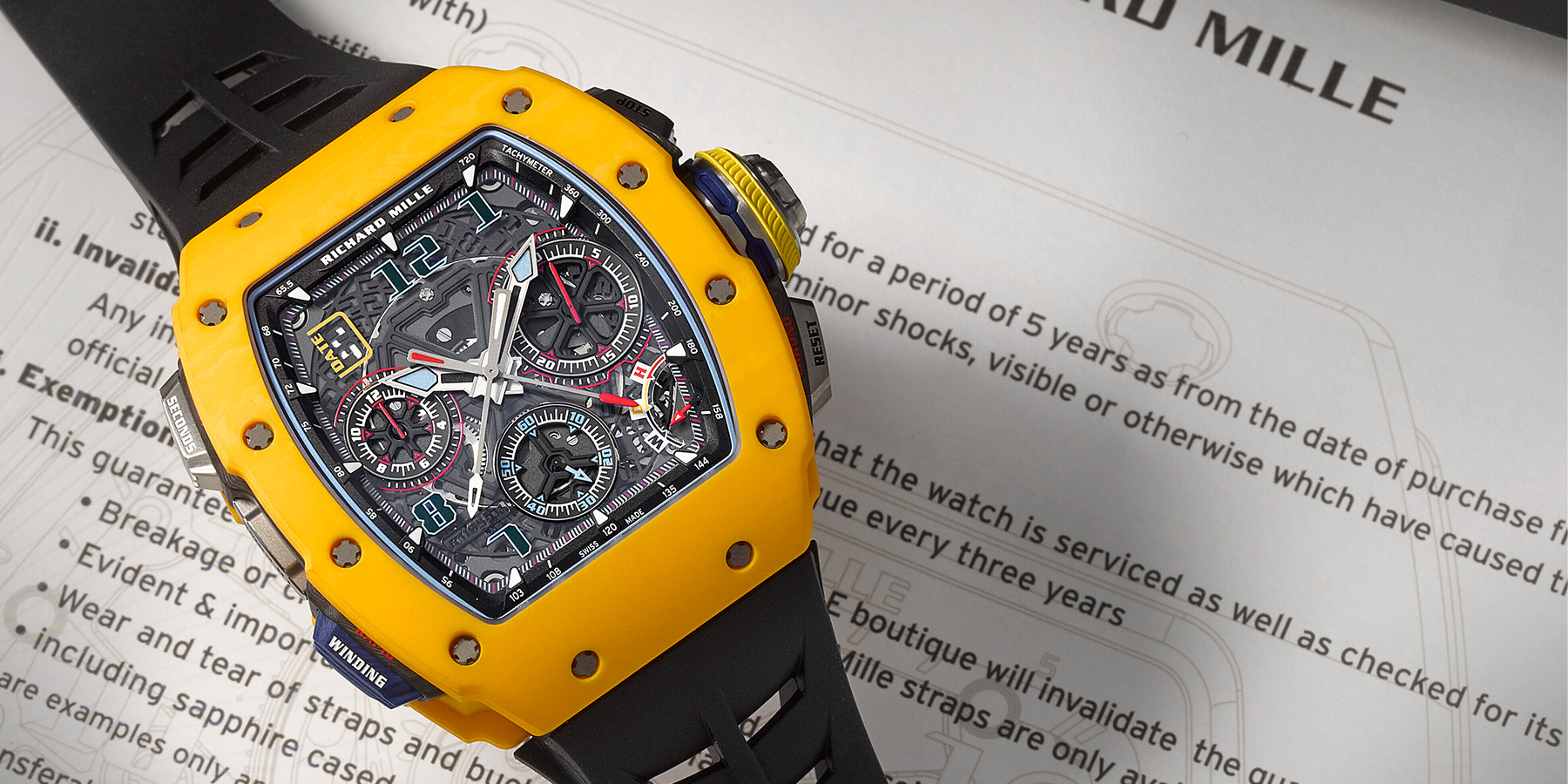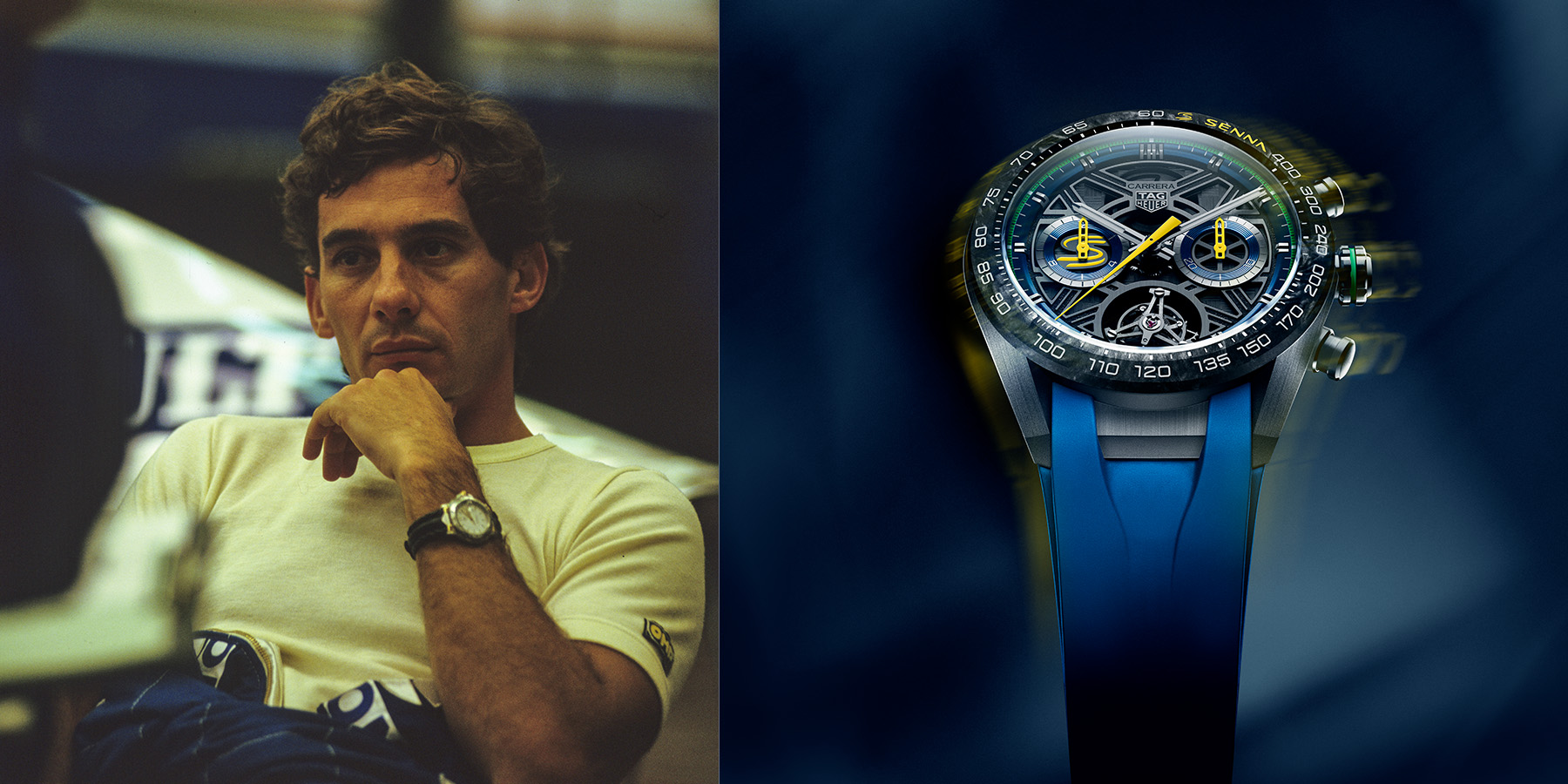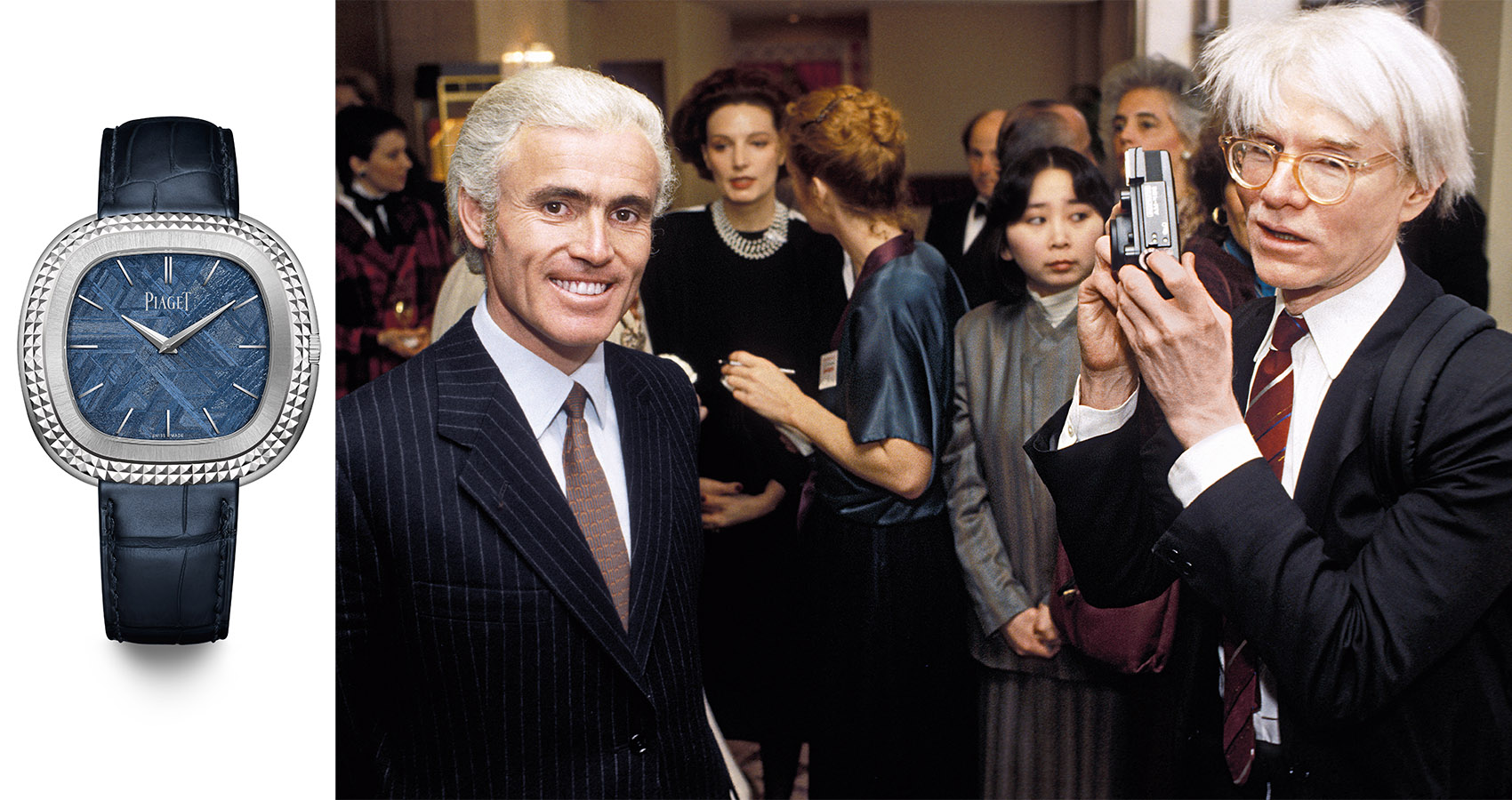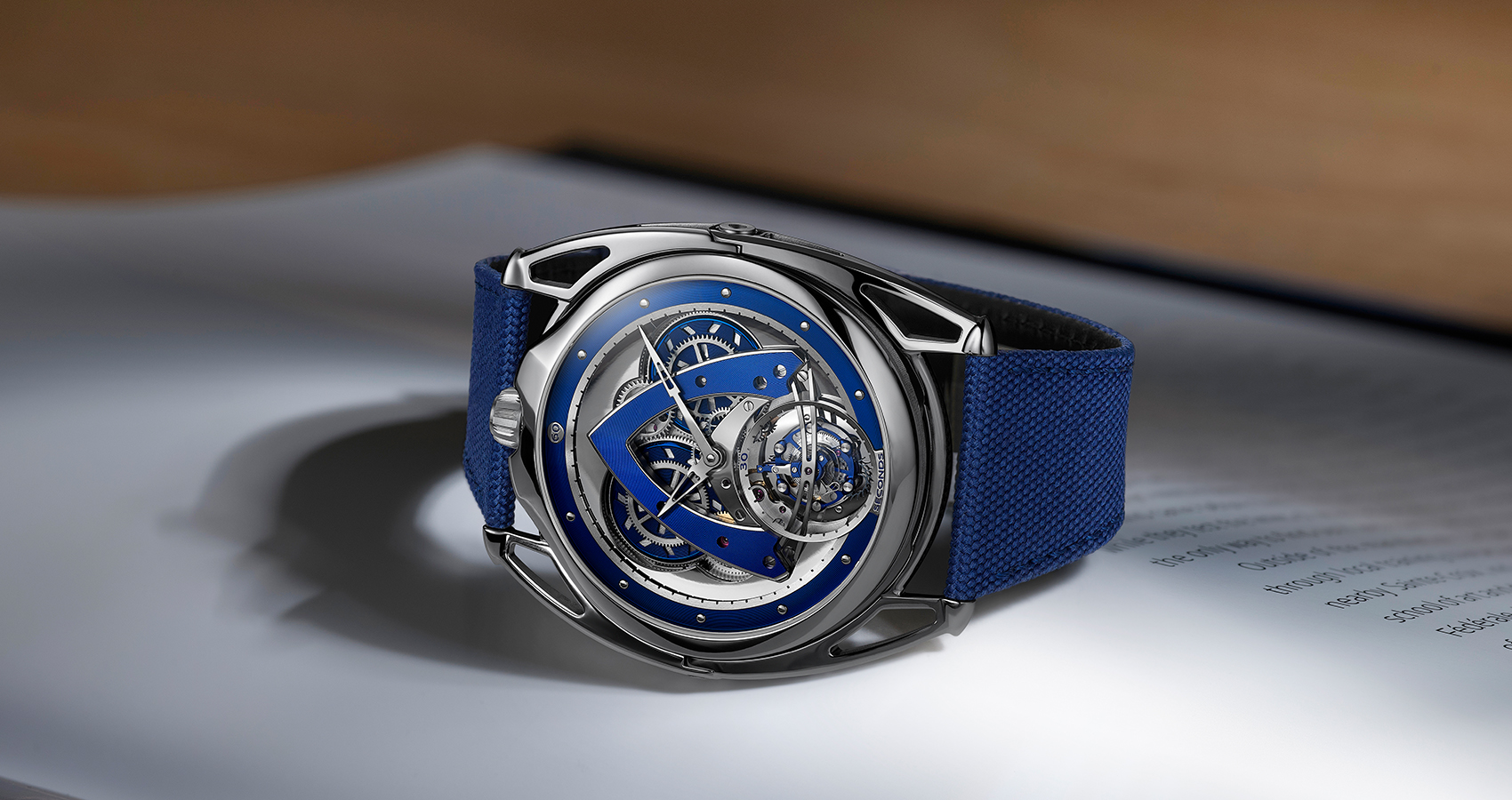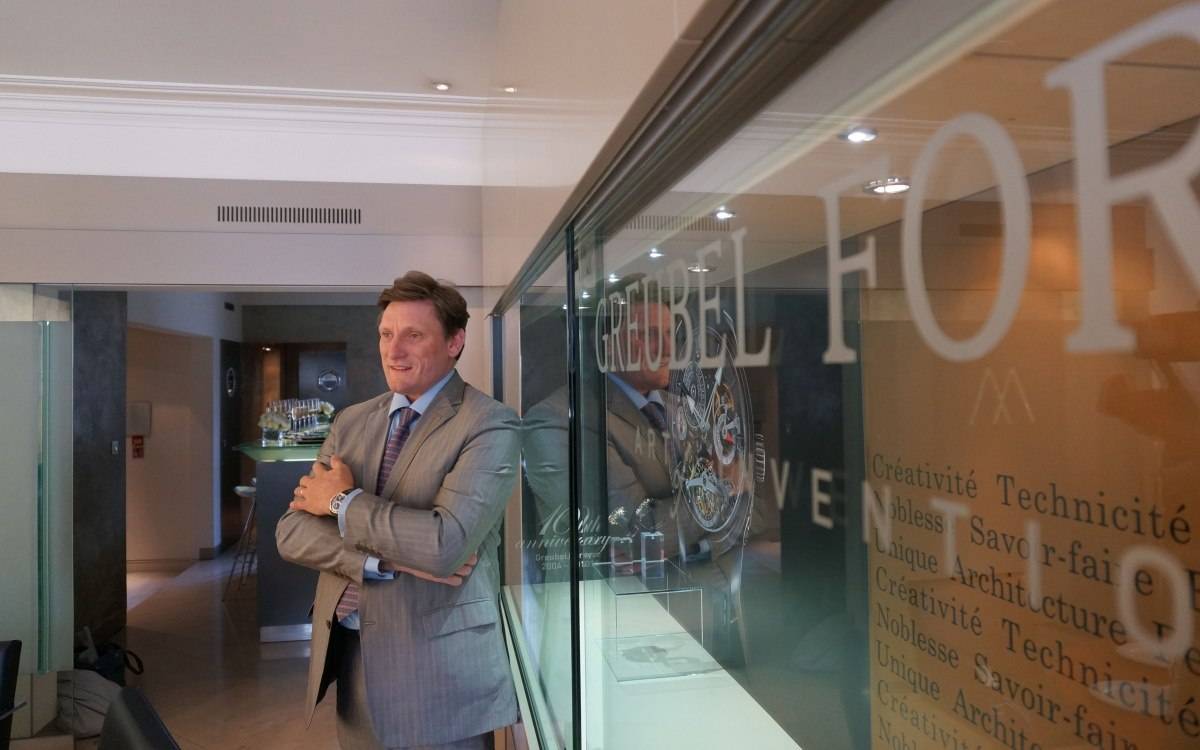
Greubel Forsey Celebrates its 10th Anniversary
Watch brands like to point the finger towards their heritage. So what do the new brands do? As Greubel Forsey gets ready to celebrate its 10th anniversary, Haute Time sat down with one of its founders, Stephen Forsey (pictured below), to discuss the brand’s first decade, and to look at some of the watches that defined it.
“Here’s a scoop. We never thought of creating a brand,” admitted Stephen Forsey. “We had this idea of the double tourbillon for nearly 15 years, and when you have an idea you want to achieve it.”
In 1999, Stephen and his friend Robert Greubel made their first prototype (pictured below) at Complitime SA, a major complication think tank. Right away, they knew they were onto something. The two decided to present their idea, which required a multi-millon dollar investment, to a “great watch brand,” to get it developed.
“They didn’t want it,” said Mr. Forsey. “In fact, most people still do not understand how we proceed.” Only three watchmakers had attempted to propose an alternative to the classic tourbillon, according to research led by Greubel Forsey. So it didn’t surprise them when they were turned down. Fortunately, they also had their supporters.
“The desire to make an idea is what led us all the way,” says Mr. Forsey. “But ultimately, it’s the people around us who were so convinced, and that gave us confidence.”
With their backing, the two watchmakers decide to focus on developing the purest kind of watch, the most accurate one. And the prototype works right away. “That’s a sign. You have to follow through at that point,” said Mr. Forsey.
Finally, they present the Double Tourbillon 30° (pictured below), at Baselworld 2004.
The excellent score of 915 points out of 1000 at the International Chronometry Competition reinforced the brands development. No mechanical watch has obtained such a rating since. “From the very beginning, we’ve pushed the limits of creativity and craftsmanship,” said Mr. Forsey.
“This is what guides us in all of our choices,” he added. With nothing to prove, the brand continued developing its ideas with the Invention series.
The two independent watchmakers released the Invention Piece 1, which featured the Double Tourbillon 30° mechanism with a new movement architecture, quickly followed with the Invention Piece 2, in which two more tourbillons were added, and finally the Invention Piece 3 (pictured above).
Their vision was rewarded in 2010, when the pair revisited their first design with the Double Tourbillon 30° Edition Historique, and won the Aiguille d’Or at the Grand Prix de l’Horlogerie de Genève, the industry’s most coveted prize.
They then concluded the Double Tourbillon collection with the GF02s (pictured below). “It felt like a thank you to the collectors who supported us since the beginning,” said Mr. Forsey.
With these two timepieces, Greubel Forsey showed its desire to develop a coherent line in its collection, and a recognizable brand image. The strategy is very different from independent brands that are the same age, such as Konstantin Chaykin, who creates watches that are each very different from one another.
But Greubel Forsey was also careful not to become a one-trick pony. In 2011, it released the GMT, the brand’s first timepiece to feature a complication other than a tourbillon. On top of the tourbillon 24 secondes at 5 o’clock, the watch (pictured below) featured a second time zone, traditionally denoted as ‘GMT’, indicated by a rotating, three-dimensional globe at 8 o’clock.
In 2012, Greubel Forsey returned to a simpler design with the release of the Tourbillon 24 Secondes (pictured below). The tourbillon was once again the star of the timepicece, but the 24-second tourbillon was notable for the return of the round case, as opposed to the asymmetrical cases that had gained favor at Greubel Forsey. Collectors “immediately understood and were captivated by this idea,” said Mr. Forsey.
Today, it’s hard to imagine a world without Greubel Forsey’s inventions. Ten years after its launch, the independent’s timepieces continues to showcase the perfect marriage between the horologic and artistic worlds.
“It’s a fantastic adventure!” said Mr. Forsey. “You have all these stages of uncertainty, discovery, and confirmation.” Meanwhile, Complitime SA continues to create its own path, working jointly with Harry Winston on the Histoire de Tourbillon series.
Haute Time would like to say a special thank you to Marcus, who hosted the 10th anniversary celebrations with Stephen Forsey, and to Simon Cudd for providing pictures.
 SIGN UP
SIGN UP


